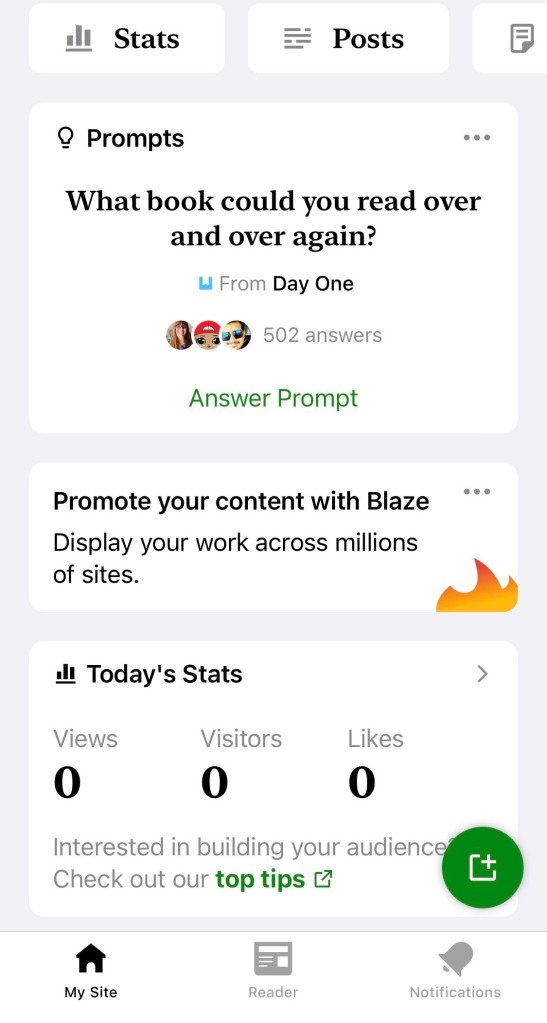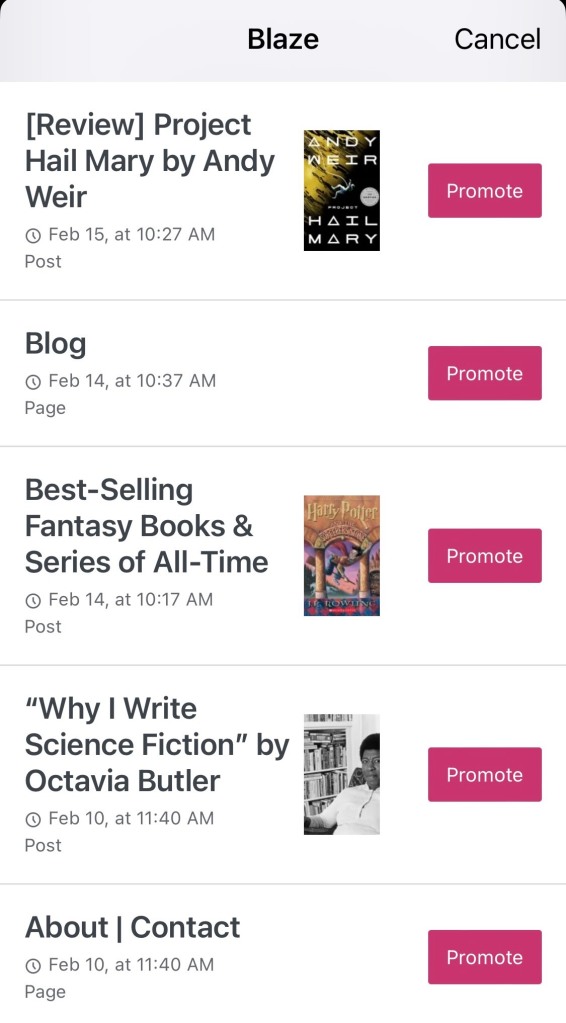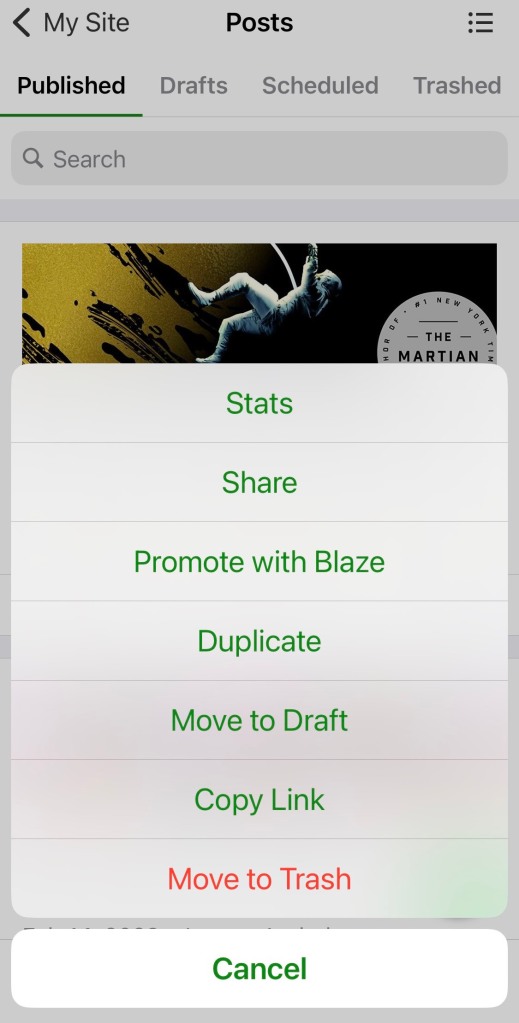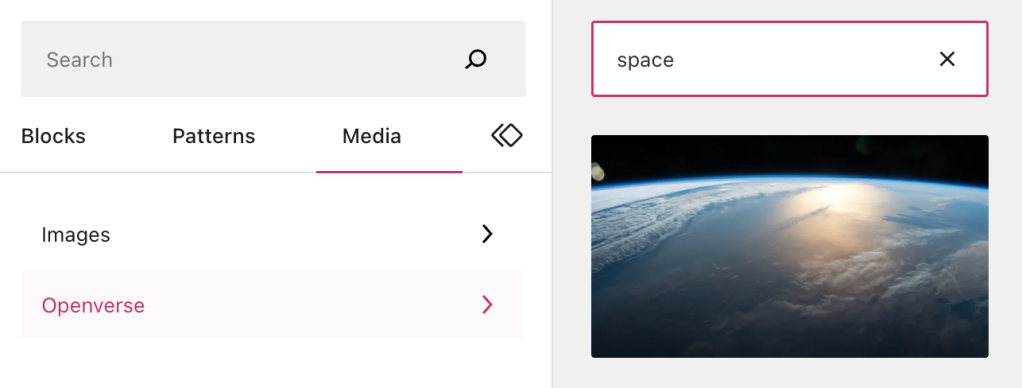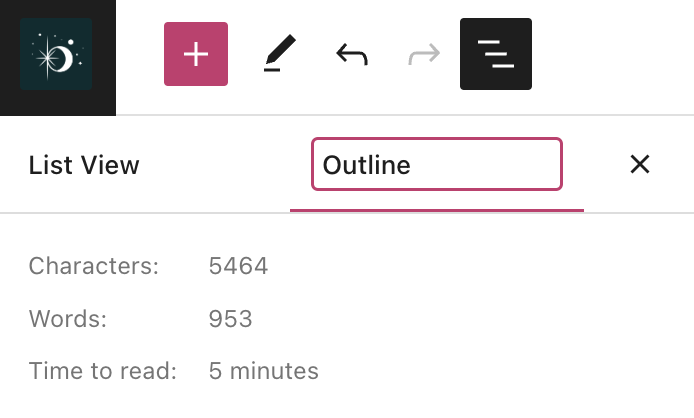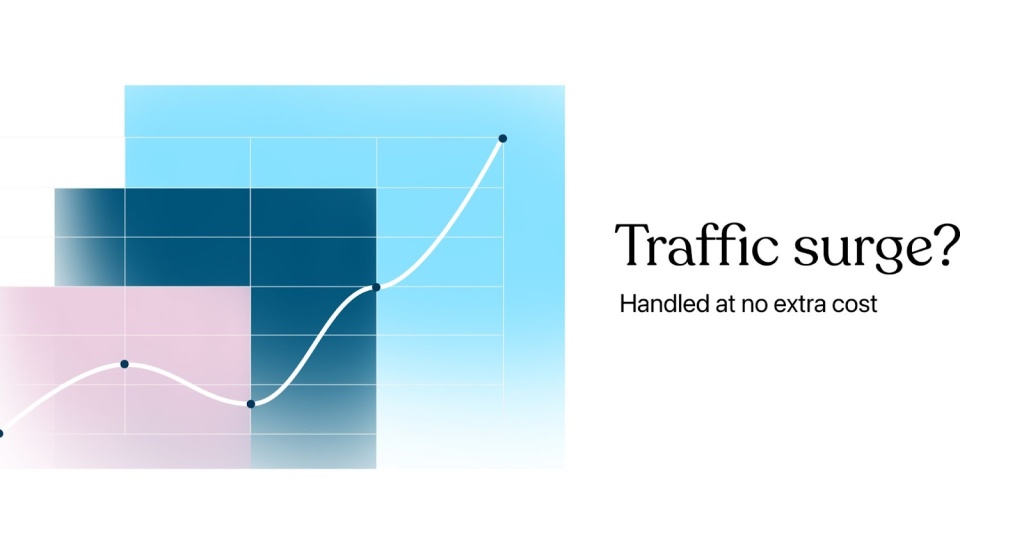2022 Annual Survey Results & Next Steps
Posted by download in Software on 04-05-2023
Each year, members of the WordPress community (users, site builders, extenders, and contributors) provide valuable feedback through an annual survey. For 2022, the survey received a comprehensive update, the first in six years. The total number of questions was reduced to 29 from nearly 100, socio-economic questions were mostly removed, and the Likert scale was introduced. These updates were intended to increase the completion rate of the survey, enable a more efficient and structured analysis of these data, and position the survey to best gauge the topics that matter most to the WordPress community.
My goal is that the input received via the survey helps inform initiatives and focus areas for WordPress in the near term, along with other signals, such as conversations in the community, the Making WordPress blogs, and events. Such data play a key role in shaping the direction and strategy of the project and measuring progress in focus areas.
2022 Highlights
The 2022 edition of the survey experienced a 26% increase in completion rate, however, submissions decreased by 56% to roughly 3400, including about 800 contributors. For the 2023 survey, promotion will be increased, hopefully counteracting the declining submissions.
Here are some key takeaways:
- The survey shows an increased usage of blocks and the new site editor (versus the classic editor), which shouldn’t come as a surprise since the default theme is now a block theme.
- 22% of respondents have only used WordPress for a year or less. Those responding to the survey are also getting a bit older, with fewer responses from those under 40 than in prior years.
- 1 in 5 respondents learned about WordPress from a coworker, and about the same percentage from using a search engine.
- In 2022, WordPressers continued to learn about WordPress (68%), taught others about WP (48%), and built sites for others (55%).
- WordPressers choose the CMS platform because it’s open source (62%), flexible (47%), low risk (45%), cost-effective (45%), and has a positive reputation (41%).
- 57% of survey participants obtained news and training directly from WordPress.org. While that is the primary source, other sites remain very important: search engines (46%), YouTube (40%), other WordPress communities (35%), and social media (30%)
- The overwhelming majority of respondents don’t regularly use other CMS platforms, and 21% of respondents use none of the top 20 WordPress plugins.
- Respondents continue to state that “WordPress is as good as or better than other CMS platforms,” with 68% agreeing. Elements that respondents feel are the best aspects of WordPress include “ease of use,” “flexibility,” and/or “plugin options,” all about 30% each. When asked about the most frustrating elements of WordPress, 1 in 5 said, “nothing,” while approximately 30% referenced difficulties with site editing / Gutenberg.
- The overall contributor experience remains positive and something I continue to care about deeply. 64% shared they had a positive experience, and 24% viewed their experience as “neutral.” Contributors also feel welcome at the same percentages (64% agree and 24% are neutral).
What’s Planned for 2023
In the next iteration of the survey, the plan is to improve the language options for completing the survey and continue investing in refining the questions and how they are asked. It is important to be mindful that completing a survey takes time, so we want to make sure community members are being asked questions that help WordPress the most.
The tentative plan is to launch the 2023 edition in August. This will set up an opportunity for the 2023 results and, most importantly, your input to inform planning for 2024’s key initiatives and focus areas. The community’s feedback is vitally important to the success and direction of the project. Moving the survey to earlier in the year can positively affect planning and dialogue.
Big thank you to @dansoschin for the analysis and editorial support. Thanks also to @angelasjin, and @cbringmann for their reviews and final edits.
















